Market Analysis
Military Night Vision Device Market Analysis
The market dynamics of the Military Night Vision Device (NVD) market are influenced by a combination of factors reflecting the evolving needs of defense forces, technological advancements, geopolitical tensions, and budgetary considerations. Military NVDs, including night vision goggles, scopes, and thermal imaging systems, play a critical role in enhancing situational awareness, surveillance capabilities, and operational effectiveness for military personnel in low-light or nighttime environments. One significant driver of the demand for military NVDs is the increasing emphasis on asymmetric and unconventional warfare scenarios. Military operations often extend into low-light conditions or complete darkness, where traditional optical devices are ineffective. NVDs enable soldiers to detect, identify, and engage targets in challenging environments, giving them a significant tactical advantage over adversaries. As defense forces confront threats ranging from terrorism to insurgency, there is a growing need for advanced NVDs that provide superior performance, reliability, and versatility in various operational scenarios. Technological advancements play a pivotal role in shaping the dynamics of the military NVD market. Innovations in sensor technology, image processing algorithms, and materials science have led to the development of next-generation NVDs with enhanced capabilities, such as longer detection ranges, higher resolution imagery, and reduced size, weight, and power consumption. Additionally, the integration of thermal imaging sensors and digital night vision technology enables soldiers to operate effectively in adverse weather conditions, urban environments, and obscured terrain, expanding the utility and applicability of NVDs across a wide range of military missions. Furthermore, the growing focus on modernization and force readiness drives the demand for military NVDs. Defense organizations worldwide prioritize investments in advanced technologies and equipment to maintain a competitive edge and meet evolving security challenges. NVDs are integral components of modern infantry gear, enabling soldiers to operate with precision and effectiveness in all operational environments. As defense budgets allocate funds for equipment upgrades and procurement programs, there is a sustained demand for state-of-the-art NVDs that offer superior performance, durability, and interoperability with other military systems. Moreover, geopolitical tensions and regional conflicts contribute to the demand for military NVDs. Defense forces facing threats from hostile actors or engaged in asymmetric warfare operations seek to bolster their night fighting capabilities with advanced NVDs. The ability to conduct covert reconnaissance, surveillance, and target acquisition operations under cover of darkness is essential for maintaining strategic deterrence and achieving operational objectives in contested environments. Consequently, defense procurements and military modernization efforts drive market growth for NVDs, particularly in regions with heightened security concerns or active conflict zones. Additionally, the growing demand for NVDs in non-traditional sectors, such as law enforcement, border security, and homeland defense, expands the market opportunities for NVD manufacturers and suppliers. Law enforcement agencies, tasked with maintaining public safety and combating crime, rely on NVDs for surveillance, search and rescue operations, and tactical interventions in low-light conditions. Similarly, border security forces utilize NVDs for border surveillance, monitoring, and interdiction of illicit activities, such as smuggling and illegal immigration. The versatility and effectiveness of NVDs across various applications drive market expansion beyond traditional military domains. However, challenges exist in the military NVD market, including cost constraints, export controls, and technological obsolescence. Advanced NVDs incorporating cutting-edge technologies can be expensive to procure and maintain, particularly for defense organizations with limited budgets or competing priorities. Additionally, export controls and regulatory restrictions imposed by exporting countries limit the international transfer of advanced NVDs, constraining market access and growth opportunities for manufacturers. Moreover, the rapid pace of technological innovation and obsolescence necessitates continuous investment in research and development to stay ahead of emerging threats and maintain market competitiveness.

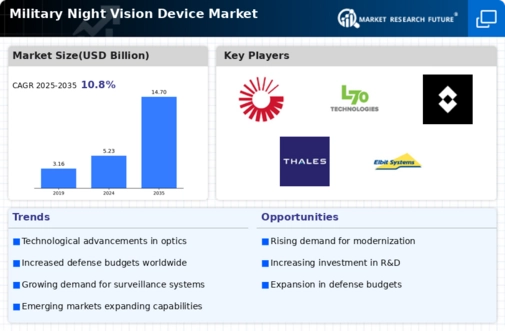
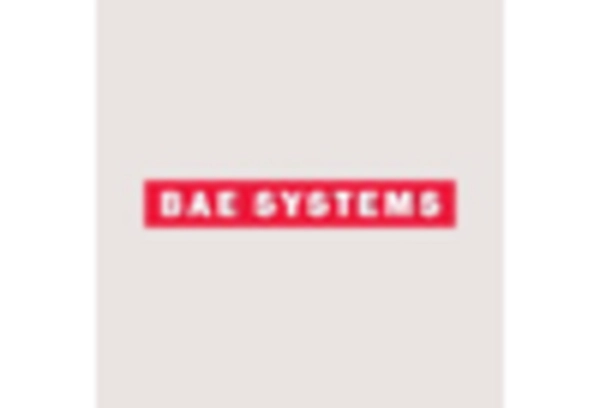
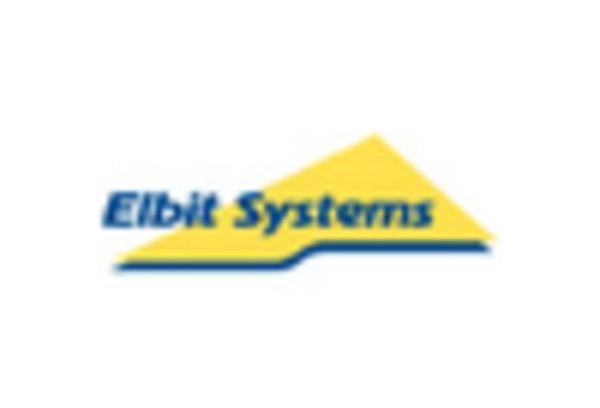
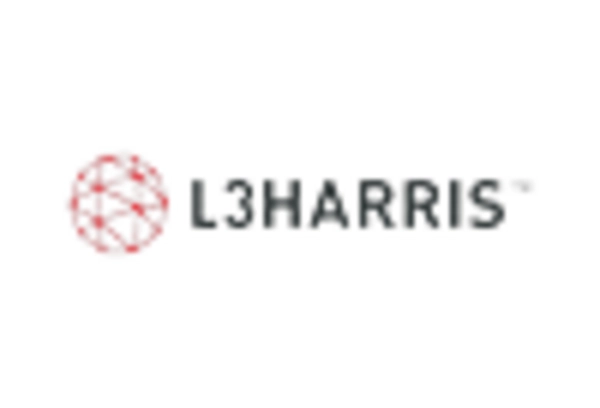

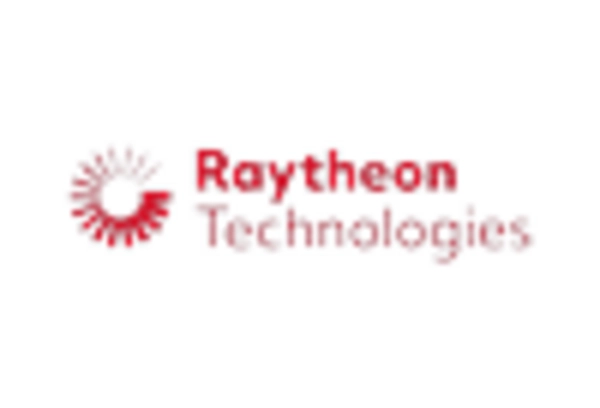










Leave a Comment